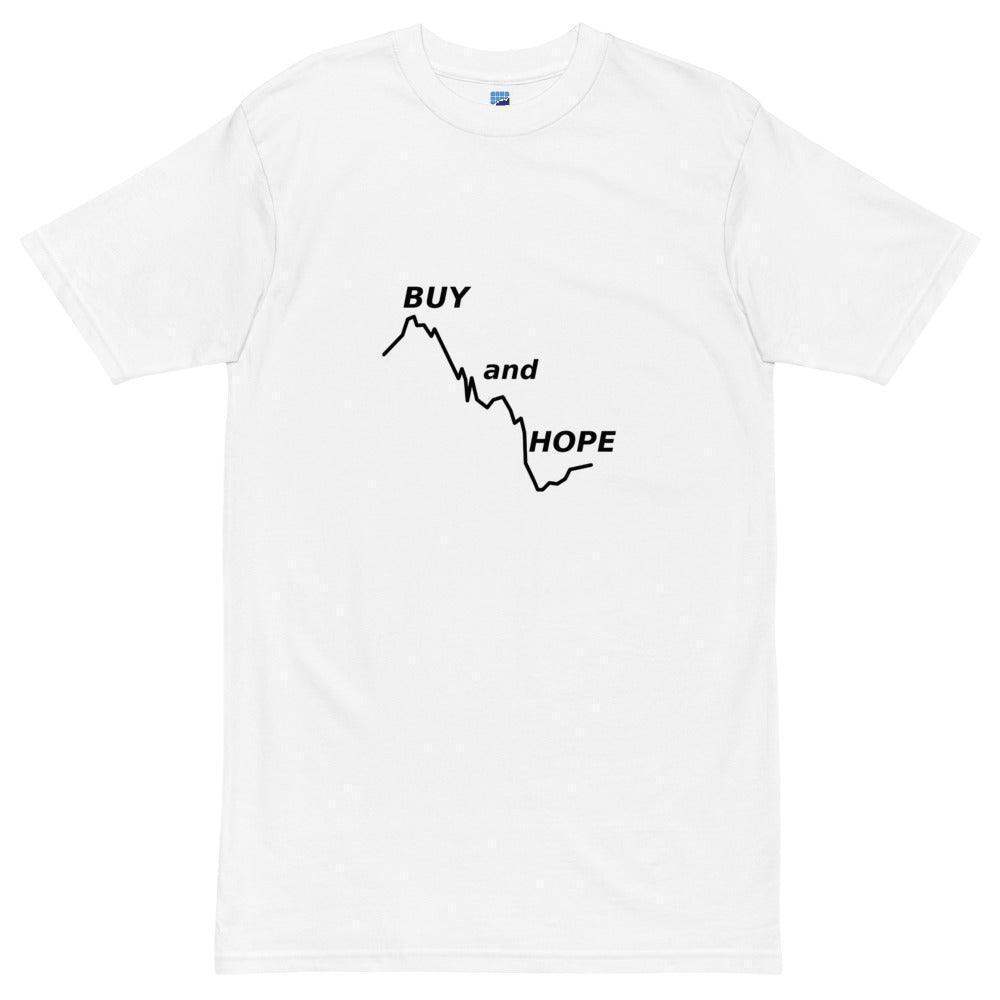
Day Trading Flag Patterns
Trading Flag Patterns
Flags are essentially continuation patterns, which means they suggest that the previous price trend is likely to continue after a brief period of consolidation. They are powerful chart patterns that occur after significant price movements. Bullish flags form after an uptrend and indicate a potential continuation of the upward movement while Bearish flags form after a downtrend and suggest a possible continuation of the downward movement.
When an asset's price experiences a sharp and significant movement, it is followed by a flag pattern that represents a temporary pause or a period of indecision among traders. This consolidation phase is crucial as it allows the market to catch its breath before deciding the next direction.
Flag Insight
Flags are essential chart patterns that provide valuable insights to traders and investors. They serve two main purposes:
Trend Continuation:
Flags indicate that the prevailing trend is likely to continue after the consolidation phase. This information allows traders to enter positions in the direction of the trend with higher confidence.
Price Targets:
By measuring the length of the flagpole and projecting it from the breakout point, traders can estimate potential price targets for the continuation of the trend.
Identifying Flags
Identifying flags in a price chart requires keen observation and an understanding of their key characteristics. Here are the steps to identify flags:
Price Surge:
Look for a significant and sharp price movement, which represents the flagpole. This could be either an uptrend or a downtrend.
Consolidation Phase:
After the price surge, observe a period of consolidation, where the price moves within a tight range. This forms the flag.
Symmetrical Shape:
Flags are usually rectangular in shape, and both the flagpole and the flag itself should have nearly parallel trendlines.
Volume Analysis:
During the flag formation, trading volumes tend to decrease, indicating reduced market activity.
Confirm the Trend:
Before considering any flag pattern, it is essential to identify the prevailing trend in the market. Flags are continuation patterns, and they are more reliable when they align with the overall trend.
Entry Points:
For bullish flags, consider entering a long position after the price breaks above the upper boundary of the flag. For bearish flags, consider entering a short position after the price breaks below the lower boundary of the flag.
Stop-Loss Orders:
To manage risk, always use stop-loss orders. Place the stop-loss just below the lower boundary of a bullish flag (for long positions) and just above the upper boundary of a bearish flag (for short positions).
Target Price:
Calculate the target price for the trade by measuring the height of the flagpole and projecting it in the direction of the breakout.
Identifying Bullish Flags
A bullish flag, also known as a bull flag, is a flag pattern that forms after a price surge, indicating a potential continuation of an upward trend. Bullish flags are characterized by two distinct parts:
The Flagpole:
This is the initial strong upward movement in the price of the asset, forming the flag's pole. The flagpole can be measured from the bottom of the lowest candle to the top of the highest candle (including the wick).
The Flag Itself:
It appears as a rectangular or slightly sloping consolidation pattern following the flagpole. The flag typically represents several time frames and may take some type to form.
Volume:
During the formation of a bullish flag, there is generally a decline in trading volume. This decrease in volume signifies a temporary lack of interest among traders.
Breakout:
The breakout from a bullish flag occurs when the price breaks above the upper boundary of the flag. This breakout is considered a bullish signal, indicating a potential price continuation.
Understanding Bearish Flags
A bearish flag, also known as a bear flag, is a flag pattern that forms after a price decline, signaling a potential continuation of a downward trend. Bearish flags, like bullish flags, consist of two main components:
The Flagpole:
This represents the initial strong downward movement in the price, forming the flag's pole. The flagpole can be measured from the top of the highest candle to the bottom of the lowest candle (including the wick).
The Flag Itself:
It appears as a rectangular or slightly sloping consolidation pattern following the flagpole. The flag typically represent several time frames and may take some type to form.
Volume:
During the formation of a bearish flag, there is typically a decrease in trading volume. This decrease indicates a temporary lack of selling pressure.
Breakout:
The breakout from a bearish flag occurs when the price breaks below the lower boundary of the flag. This breakout is considered a bearish signal, suggesting a potential continuation of the downward trend.
Conclusion
Flags are valuable tools in the realm of technical analysis and trading. They provide crucial insights into potential price movements, allowing traders to make informed decisions. Bullish flags indicate a continuation of upward trends, while bearish flags suggest a continuation of downward trends. Remember to confirm the prevailing trend, identify suitable entry and exit points, and employ risk management techniques when trading flag patterns. By mastering the art of flag pattern recognition, traders can gain a competitive edge in the financial markets and achieve greater success in their trading endeavors.





Leave a comment
This site is protected by hCaptcha and the hCaptcha Privacy Policy and Terms of Service apply.